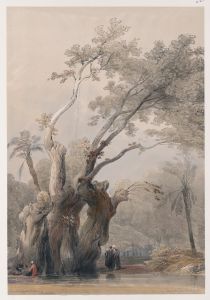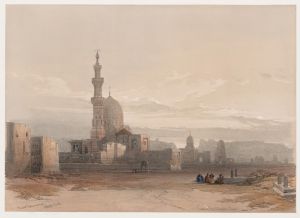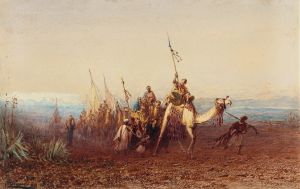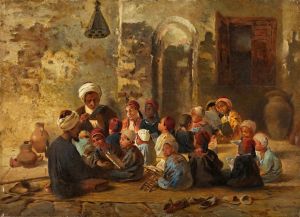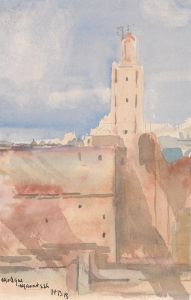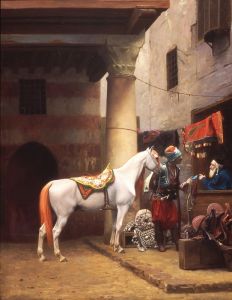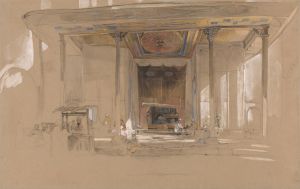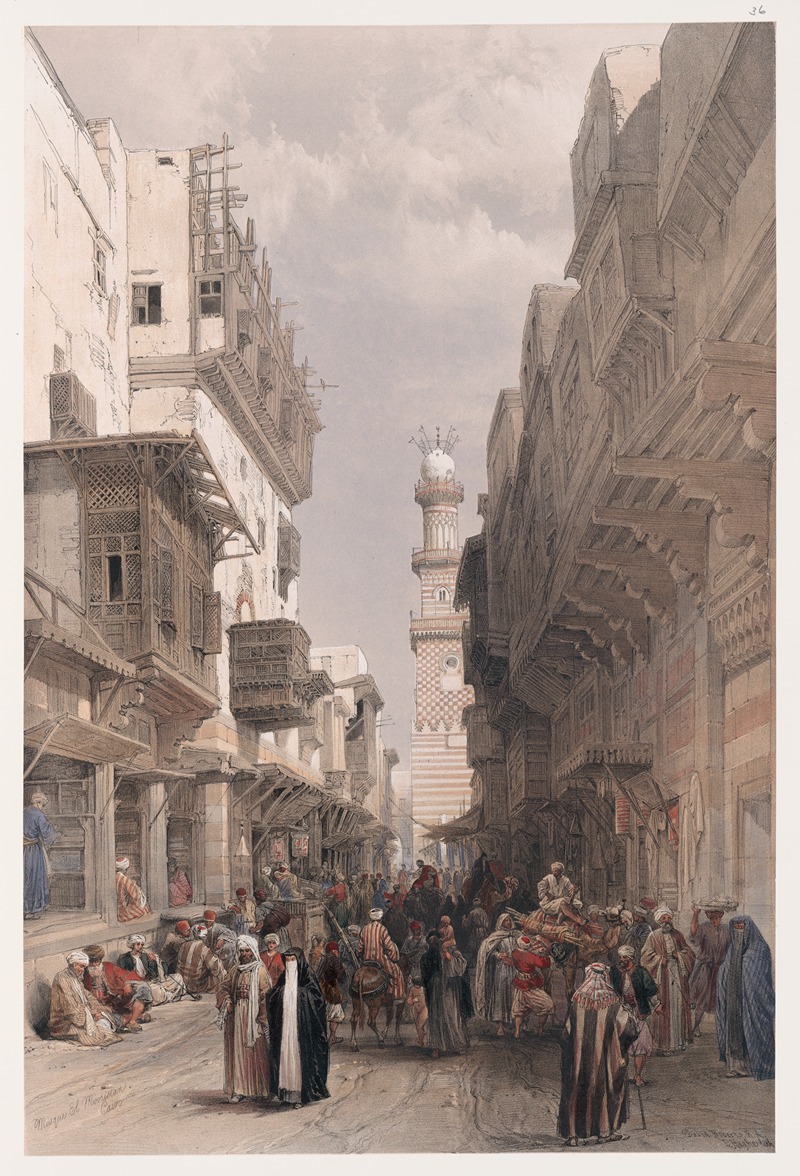
Mosque El Mooristan, Cairo.
A hand-painted replica of David Roberts’s masterpiece Mosque El Mooristan, Cairo., meticulously crafted by professional artists to capture the true essence of the original. Each piece is created with museum-quality canvas and rare mineral pigments, carefully painted by experienced artists with delicate brushstrokes and rich, layered colors to perfectly recreate the texture of the original artwork. Unlike machine-printed reproductions, this hand-painted version brings the painting to life, infused with the artist’s emotions and skill in every stroke. Whether for personal collection or home decoration, it instantly elevates the artistic atmosphere of any space.
David Roberts was a renowned Scottish painter known for his detailed and picturesque representations of architectural and historical sites. One of his notable works is "Mosque El Mooristan, Cairo," which captures the essence of Cairo's rich Islamic architecture during the 19th century. Roberts was part of the Orientalist movement, a group of Western artists who traveled to the Middle East and North Africa to document the region's landscapes, people, and architecture.
"El Mooristan" refers to a historical area in Cairo, which was known for its hospital and medical school during the Islamic Golden Age. The term "Mooristan" is derived from the Persian word "Bimaristan," meaning hospital. The area was significant during the time of the Ayyubid dynasty, particularly under the rule of Sultan al-Kamil, who established a notable hospital there in the 13th century. However, by the time Roberts visited Cairo in the 19th century, the area had transformed, and its historical significance was captured through the remaining architectural elements.
Roberts visited Egypt as part of his extensive travels in the Middle East from 1838 to 1839. During his journey, he produced numerous sketches and studies that would later be transformed into lithographs and paintings. His works were published in a series titled "The Holy Land, Syria, Idumea, Arabia, Egypt, and Nubia," which gained significant popularity in Europe. Roberts' depictions were among the first to provide Europeans with a detailed visual account of the Middle East, contributing to the Western understanding and appreciation of Islamic art and architecture.
In "Mosque El Mooristan, Cairo," Roberts showcases his skill in capturing intricate architectural details and the atmospheric qualities of the scene. The painting likely features elements typical of Islamic architecture, such as domes, minarets, and ornate decorations, although specific details of the painting are not widely documented. Roberts' use of light and shadow would have emphasized the textures and forms of the structures, bringing the scene to life for his audience.
Roberts' works are characterized by their accuracy and attention to detail, achieved through his on-site observations and sketches. His paintings and lithographs are valuable historical records, providing insights into the architectural heritage of the regions he visited. "Mosque El Mooristan, Cairo" is a testament to Roberts' dedication to documenting the cultural and architectural landscapes of the 19th-century Middle East.
Today, David Roberts' works are held in high regard and can be found in various art collections and museums worldwide. His contributions to the Orientalist movement and his detailed portrayals of Middle Eastern architecture continue to be appreciated by art historians and enthusiasts alike.





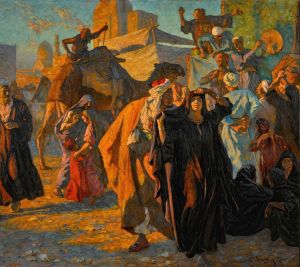
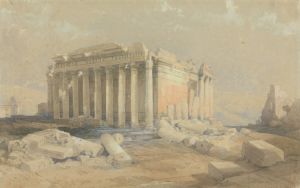
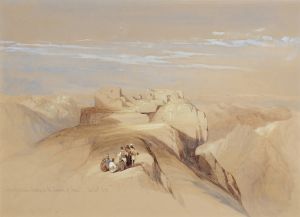
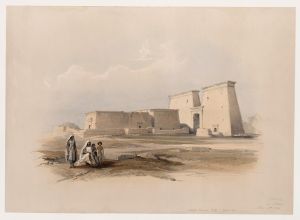
![Medint [sic] Abou [Medinet Habu], Thebes. Dec. 8th, 1838.](/imgs/217511/s/david-roberts-medint-sic-abou-medinet-habu-thebes-dec-8th-1838-4bc38982.jpg)
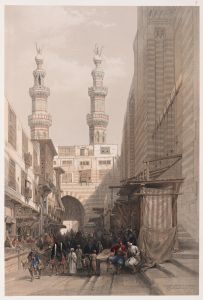
![Temple of Dandour [Dendûr], Nubia.](/imgs/217545/s/david-roberts-temple-of-dandour-dendur-nubia-8921547f.jpg)
